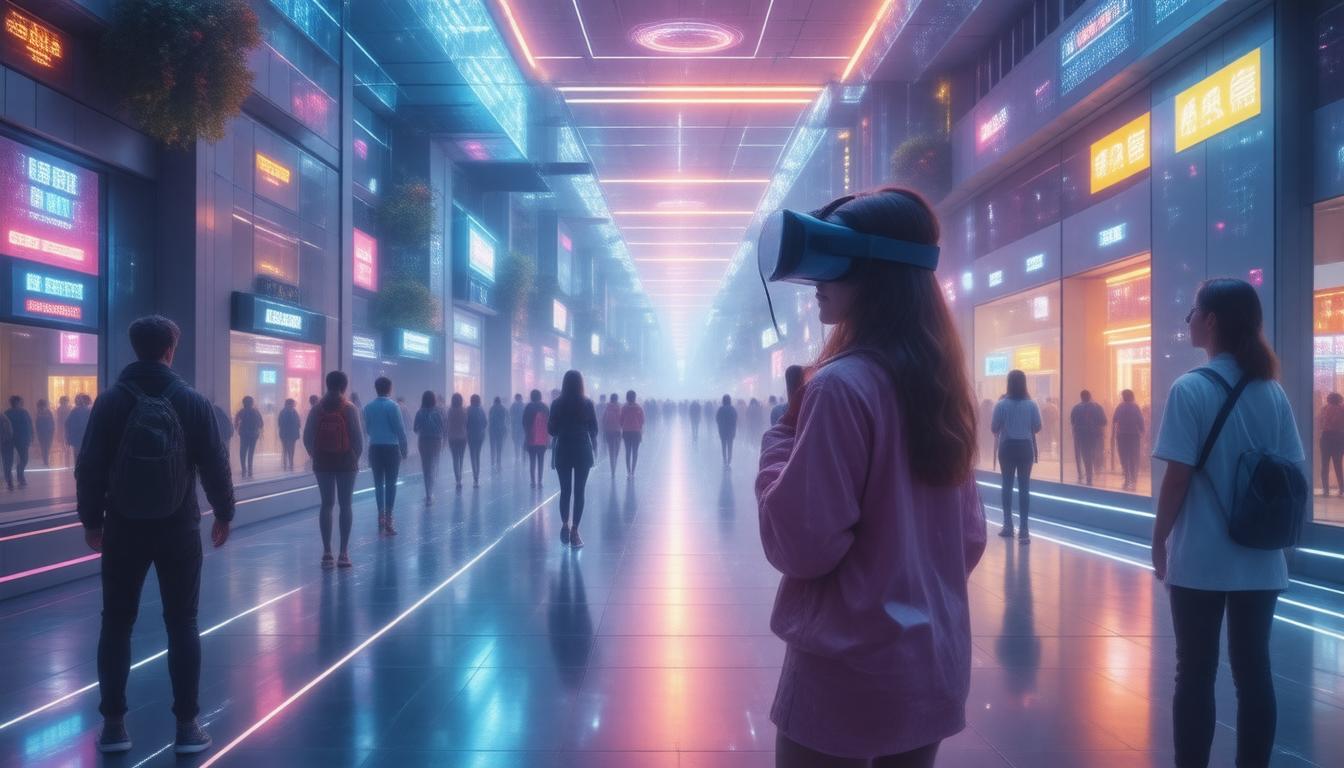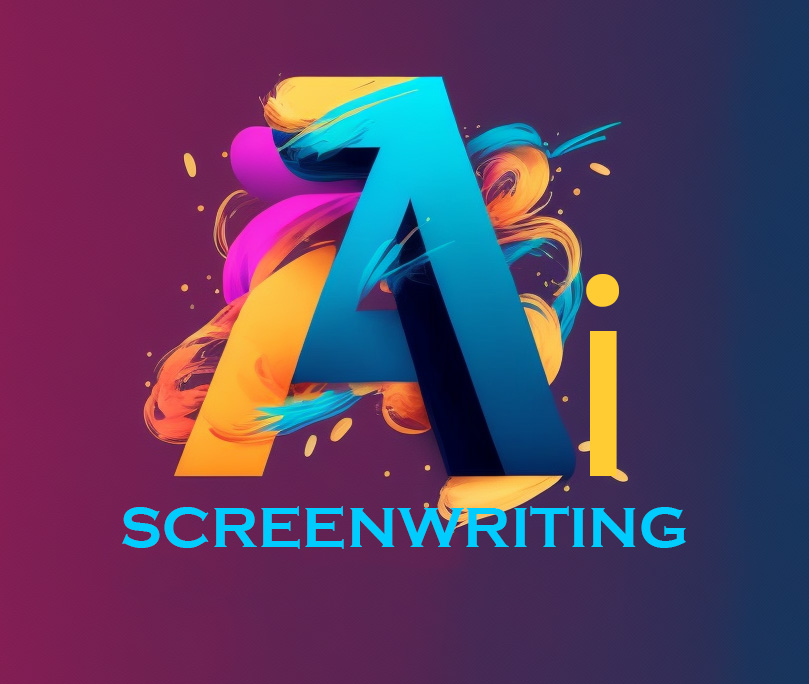
Welcome, dear screenwriters and filmmakers, to the dazzling new world of cinematic virtual reality experiences!
If you think storytelling has reached its peak with beautifully scripted dialogues and breathtaking visuals, think again!
Buckle up, because we’re about to embark on a quirk-filled journey where traditional narratives take a backseat and immersive storytelling zooms into the fast lane.
So grab your VR headset, put on your creative cap, and get ready to explore how VR is revolutionizing the way we tell stories!
The BEST AI Screenwriting Tool On The Market!
Key Takeaways
- Cinematic virtual reality experiences are transforming traditional storytelling methods.
- Immersive storytelling engages audiences in ways that text and film cannot.
- VR technology enhances narrative engagement by allowing viewers to actively participate in the story.
- Successful case studies showcase the innovative potential of VR in entertainment.
- The future of entertainment will likely be shaped by evolving trends in immersive virtual experiences.
Understanding Cinematic Virtual Reality Experiences
Ah, cinematic virtual reality experiences, where your couch transforms into a spaceship, and your nachos become the sustenance of intergalactic travelers!
For screenwriters and filmmakers, understanding these mind-bending adventures is akin to unlocking a portal to a new dimension of storytelling.
Imagine crafting a tale where audiences don’t just watch, but *live* the narrative—Bonding with characters on a visceral level as they dodge asteroids or outsmart dastardly villains.
Dive into the mechanics of these experiences, and you’ll soon realize they’re not mere gimmicks; they’re a revolution in how stories unfold.
Think of them as the nerdy cousin of traditional film—slightly awkward but undeniably cool, with endless possibilities for character depth and immersive world-building.
The magic lies in shifting perspectives, allowing viewers to experience the narrative not from a distance but as active participants.
So grab your VR headset and let’s explore how to harness the potential of cinematic virtual reality experiences to transport your audiences beyond the screen!
The Rise of Immersive Storytelling
Once upon a time, the greatest adventure we could hope to experience was a trip to the local movie theater, popcorn in hand, awaiting the opening credits of our favorite film.
But fast forward to today, and we’ve entered the eye-popping, jaw-dropping world of cinematic virtual reality experiences.
Oh yes, my fellow screenwriters and filmmakers, we’re no longer just shouting ‘Lights, Camera, Action!’; we’re donning VR headsets, and inviting our audiences to walk a mile in our character’s shoes – quite literally!
Imagine your audience not just watching a hero save the day, but feeling the sweat on their brow as they dodge laser beams in a dystopian future.
This is no sci-fi fantasy; it’s the new frontier of immersive storytelling where traditional narrative techniques are turned on their head, giving viewers the keys to explore expansive worlds and make choices that affect the story’s outcome.
Welcome to the cinematic playground where imagination runs amok, and where your audience becomes the protagonist – and boy, have they got a craving for action!
So, polish your virtual writing quills and prepare to dive headfirst into the revolutionary realm of cinematic virtual reality experiences!
‘The greatest gift of human beings is that we have the power of empathy. Through storytelling, we can reach inside the hearts and minds of others and introduce them to new worlds.’ – Oprah Winfrey
How VR Technology Enhances Narrative Engagement
Picture this: You fan your script sheets like a deck of tarot cards, eager for a dose of cinematic divination when BAM!
Enter the intriguing realm of cinematic virtual reality experiences.
This mystical technology isn’t just a flashy gimmick; it’s the magical wand screenwriters and filmmakers have been waiting for!
Imagine crafting scenes where The Hero’s Journey isn’t merely viewed but *felt*.
Audiences are plucked from their seats and spirited away into other worlds, becoming the proverbial flies on the wall or even characters in your story.
No longer are they passive observers; they’re right there with Sherlock Holmes in Baker Street or dodging pesky dragons in the enchanted forest.
Let’s be honest, who wouldn’t want to experience a dragon chase firsthand?
With VR, narrative engagement reaches dizzying new heights, transforming plots into immersive universes and viewers into active participants in your cinematic universe.
So, dust off those script drafts and consider how VR can weave a spell of engagement tighter than a corset in a Victorian romance!
The BEST AI Screenwriting Tool On The Market!
The Impact of Immersive Experiences on Audience Perception
Picture this: You’re in a dark theater, popcorn clutched firmly in your lap, prepared for a cinematic journey.
Suddenly, the lights dim, and you’re not just a spectator anymore; you’re thrust into the heart of the action with cinematic virtual reality experiences.
These innovative wonders are transforming how we perceive storytelling—shattering the fourth wall and giving us a front-row seat to imagination’s wildest rides.
But what is it about these immersive experiences that tickle our fancy and tug at our heartstrings?
First off, let’s talk engagement; when a film transcends traditional boundaries, it doesn’t just tell a story—it invites you to live it, shifting the passive audience experience into an active emotional rollercoaster.
Imagine walking through a bustling market in a period drama or fighting off dragons in a fantasy epic—all from the comfort of your couch!
This immersion sensation provides not just vicarious thrills but an emotional investment that traditional cinema can only dream about.
And let’s not ignore the clever storytelling possibilities—cinematic virtual reality experiences allow for non-linear narratives that put YOU in the driver’s seat.
It’s like giving a child the keys to a candy store; suddenly, it’s a world of unlimited choices.
The daring line between reality and fiction blurs, making for a riveting exploration of perceptions—proving that the future of filmmaking might just lay in immersive realms where audience perception and interactive storytelling coexist in a magnificent dance.
So, gather ’round, screenwriters and filmmakers; it’s time to step beyond the screen and into the extraordinary world of cinematic virtual reality experiences, where your wildest script ideas can morph into a 360-degree dance of creativity!
Case Studies of Successful VR Storytelling Innovations
If you thought inventing a new genre of storytelling was just for mad scientists and hipster directors, buckle your seatbelt, my friend, because cinematic virtual reality experiences are here to redefine your understanding of narrative!
Take the case of *The Hangman*, a spine-chilling VR short that throws you into the middle of a suspenseful plot, quite literally.
By putting viewers inside an immersive world where every sound and shadow carries the weight of the plot, this experience isn’t just watched, it’s lived.
Similarly, consider *The Invisible Hours*, which allows audiences to wander freely through a mansion and observe the twists of a compelling whodunit at their own pace, akin to being an invisible ghost in a classic Agatha Christie novel!
Each of these innovations showcases how cinematic virtual reality experiences bring fresh air – or perhaps a haunted breeze – into the often stale realm of conventional storytelling.
What’s that?
You feel inspired to jump into this innovative playground?
Put on your VR goggles, dive into the action, and start penning your own mind-bending tales of wonder!
Just remember: in the world of VR, the only limits are the pixel count!








